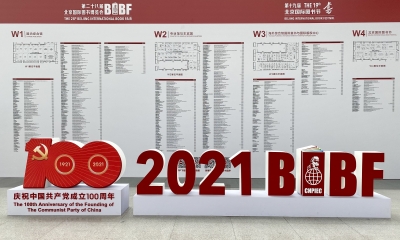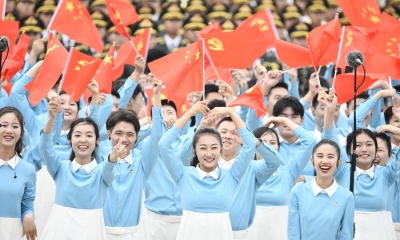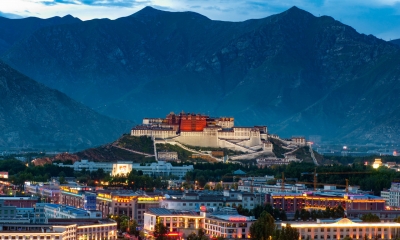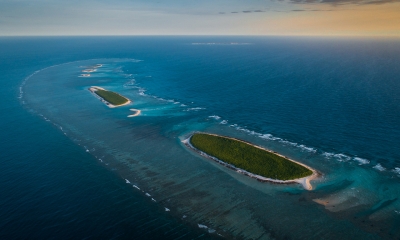The New Multipolar World Order
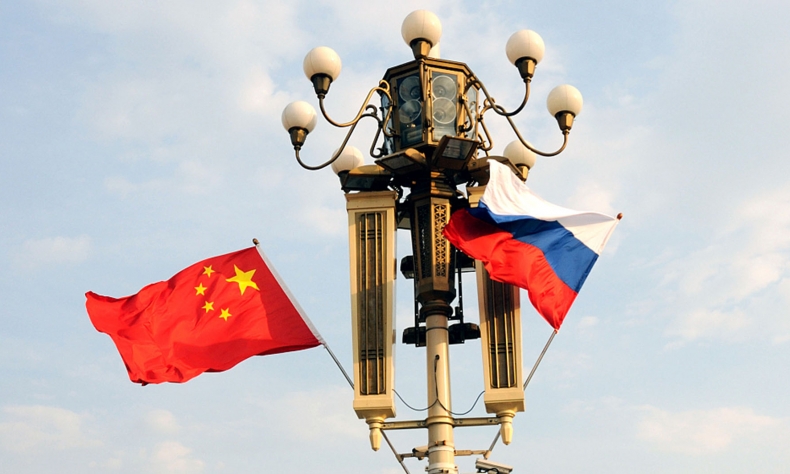
The China-Russia joint statement lays the foundations for a new multipolar world order.
The joint statement, released by President Xi Jinping and President Vladimir Putin ahead of the Beijing Winter Olympic Games, is huge.
Coming seemingly in response to growing interference and provocation by the United States, China and Russia announced the formation of a strengthened political and military alliance. The announcement was immediately recognized as a watershed moment ushering in a new era in international relations. A move, analysts say, will tip the global balance of power.
Fredrick Kempe, president and CEO of the NATO-aligned think tank The Atlantic Council, labeled it a “tectonic shift” in global relations. China and Russia, he said, “have declared unprecedented common cause, perhaps even a de facto security alliance, with aspirations of shaping a new world order.”
Lü Xiang, a research fellow at the Chinese Academy of Social Sciences, while not sharing the same anxiety as Kempe, agreed the world had entered a new era. The solidarity between China and Russia, he said, “gives a new definition to the world order.”
A new world order?
President Xi and President Putin give credibility to the idea of a new world order, using the term no fewer than six times in their landmark communique. “Today the world is going through momentous changes and humanity is entering a new era,” the statement reads. “It sees… the transformation of the global governance architecture and world order.”
Beijing and Moscow acknowledged the emergence of a trend towards a “redistribution of power in the world,” but ruled out changes to the Post-War order. “The sides intend to strongly uphold the outcomes of the Second World War and the existing Post-War Order,” they said.
The commitment to uphold the outcome of the Second World War may be seen as a pledge to maintain international institutions and architectural frameworks such as the United Nations. The existing unipolar world order, however, may soon be coming to an end. Indeed, China and Russia announced their intention to develop a “polycentric world order.”
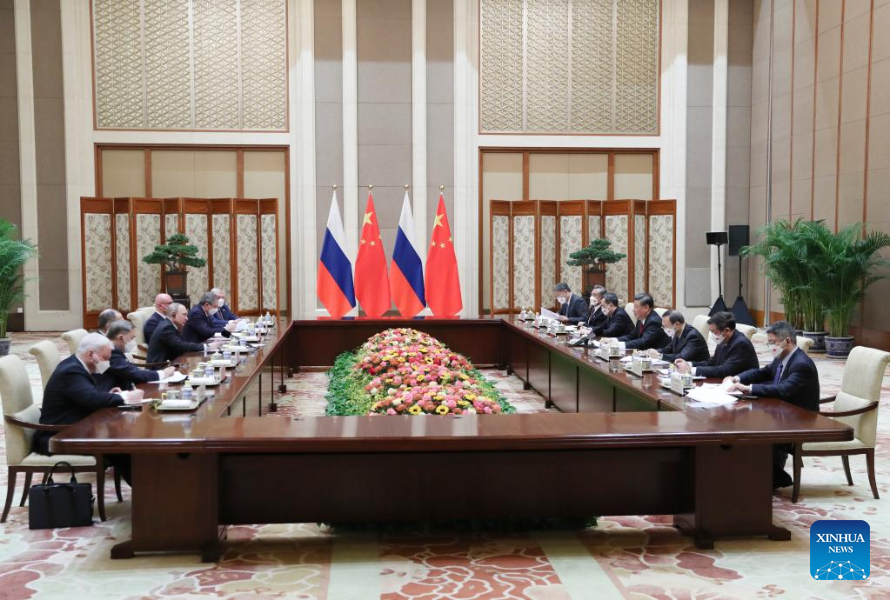
“Superior” political and military alliance
The prospect of a new “polycentric” world order raises a number of questions. Chiefly: What will it look like? And, what could be the result? On the first question, Beijing and Moscow confirmed a political and military alliance “superior” to anything since the Cold War. “Friendship between the two has no limits,” the statement read. “There are no ‘forbidden’ areas of cooperation.”
Importantly, there is no announcement of a formal military alliance akin to NATO. That said, the arrival of a political and military alliance with no forbidden areas of cooperation reveals a commitment from both sides to defend each other’s security interests. Indeed, China and Russia confirmed support for each other’s sovereignty and territorial integrity, vowing to “stand against” those who undermine their collective core interests.
Beijing backs Moscow’s demand that NATO halts its eastward expansion. Specifically, it states: “The sides oppose further expansion of NATO and call on the North Atlantic Alliance to abandon its ideologized cold war approaches.” Similarly, Moscow supports the One China principle, opposes “any form of independence for Taiwan” and registers concern over the AUKUS military alliance.
In large part, the alliance is both a product and response to Washington’s longstanding campaign of interference and intimidation. China and Russia have increasingly found themselves on the receiving end of Uncle Sam’s sanctioning stick. Meanwhile, NATO is attempting to push up against Russia’s doorstep and the US-led AUKUS coalition is threatening to make waves in the South China Sea.
With such events clearly lodged in the minds of Beijing and Moscow, the two permanent UN Security Council members effectively called time on the age of US hegemony. The statement announced: “Russia and China stand against attempts by external forces to undermine security and stability in their common adjacent regions, intend to counter interference by outside forces in the internal affairs of sovereign countries under any pretext, oppose colour revolutions, and will increase cooperation in the aforementioned areas.”
A message to Washington
Beijing and Moscow refer to the United States by name no fewer than nine times. On one occasion, they state: “The sides stand against the formation of closed bloc structures and opposing camps in the Asia-Pacific region and remain highly vigilant about the negative impact of the United States’ Indo-Pacific strategy on peace and stability in the region.”
China and Russia called on the U.S. to take “positive” steps in order to deescalate the threat of nuclear, chemical, and conventional warfare. Specifically, they demand that Washington abandon its plans to deploy intermediate-range and shorter-range ground-based missiles in the Asia-Pacific region and Europe; to act in an “open, transparent, and responsible manner” regarding their military biological activities at home and abroad; and, to accelerate the elimination of chemical weapons stockpiles.
Beyond individual demands, the joint statement makes clear that Beijing and Moscow will no longer tolerate being bullied, nor lectured to, on the international stage. The statement, which uses altogether more direct and assertive language, stressed that no actor has a monopoly on moral principles, nor the right to interfere in the sovereign affairs of another. Importantly, China and Russia underscored their commitment to stand against unwanted interference and threats to their joint security interests.
Ultimately, the statement is a declaration announcing a move away from U.S. hegemony towards a new multipolar world order. Operating as an effective counterbalance on the global stage, the shift may bring about a more democratic, just, and stable international environment. Expect louder calls for compliance with the Non-Proliferation Treaty, adherence to the Chemical Weapons Convention, legally binding security guarantees in Europe, and an end to provocative military activities around China’s and Russia’s borders.
This article reflects the opinions of the author and not necessarily those of China Focus.
 Facebook
Facebook
 Twitter
Twitter
 Linkedin
Linkedin
 Google +
Google +




